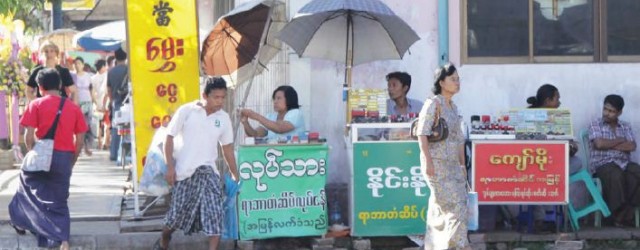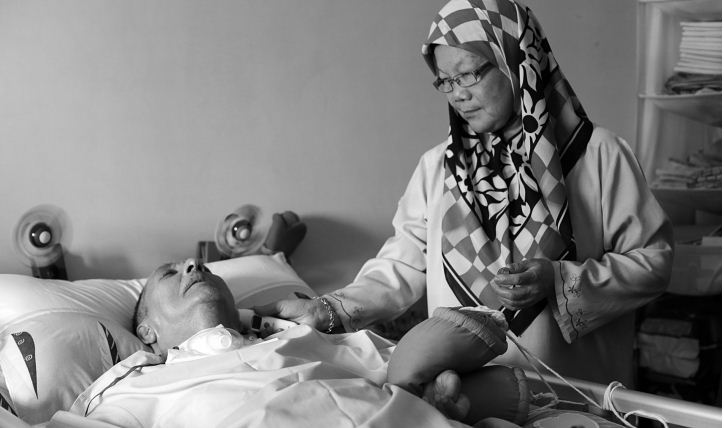Authors
Annabel Tan Poh Gek, Chai Sze Ying Amanda
Supervisor
Asst Prof Andrew Duffy
Year
2017
Abstract
On the surface, tattoos, bodybuilding and plastic surgery have nothing in common. But peel back the layers and you’ll find a common motivation – not just to look better, but to be individual. Today, whether it’s on the streets or on social media, young people with inked skin, muscular bodies or enhanced facial features have become a common sight here. All three involve extreme measures with lasting effects that play a part in carving, literally, a permanent identity; and all are slightly controversial. There has always been stigma surrounding these scenes, yet more youths are marking themselves as part of the communities anyway. Call it a hunch, but something is brewing. Through the exploration of the local tattoo, bodybuilding and plastic surgery scenes, You Do You is an online illustrated feature on appearance culture and identity in Singapore.
Click link to view
http://hdl.handle.net/10356/69863





































